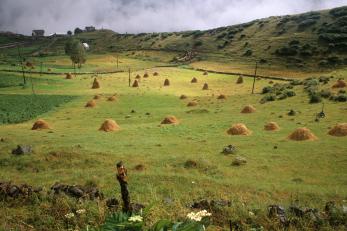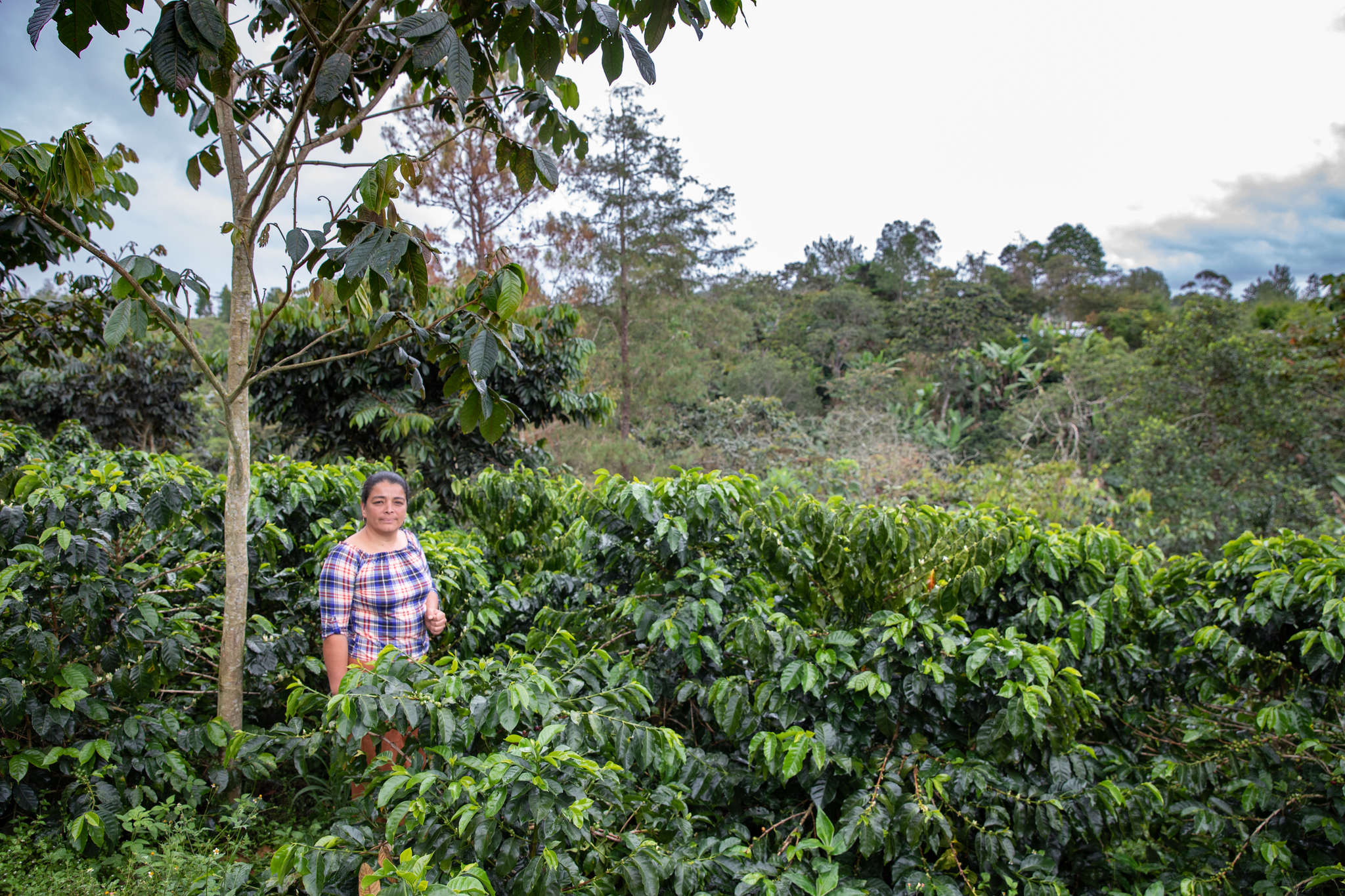Cash cows: On the ground with Georgia's dairy industry

My cab driver was yelling something that sounded like "khows, khows!" I hadn't the faintest idea what he was talking about until I saw the spotted figures in the distance and realized he was saying "cows."
I had asked the driver what people in the area do for a living. "Livestock agriculture," he said. We chatted a bit in what little words we had in common as I made my way to visit some Mercy Corps programs in the Samtskhe-Javakheti Region.
In Georgia, cows are something worth shouting about— particularly in the Samtskhe-Javakheti Region, where agriculture is the main economic activity. However, 67 percent of the population lives in poverty and farmers struggle due to small production capabilities, low quality goods and an inability to participate in market activities. Having 20 cows on hand makes little difference when you have no place to properly refrigerate the milk they produce. Furthermore, if farmers can’t store milk, they can’t age cheese, and fresh cheese is of much lower value than if let to age a bit.
The Mercy Corps programs train community leaders and small-scale livestock producers in improving business practices, animal care, food safety, hygiene and budgeting. Instead of supplying farmers with short-term solutions (such as handing them cattle and equipment), the projects are working to permanently improve weaker parts of the production chain — greasing the production chain without becoming a part of it. The programs are doing this through several means: improving accessibility and transport of goods, increasing the transparency of the market and creating an environment where these measures can eventually sustain themselves.
My first order of business was to check out the Sapara Monastery, where the Mercy Corps is working with local community leaders to improve the capacity of the monks' barn. At the moment, the barn can only hold about five to seven cattle. The program is helping to double their barn’s capacity, enough to accommodate 12 to 14 cattle.
Most of the milk produced in the region is used to make cheese, but the farmers have been without a means to store it. Instead, they sell directly to the market for a low price. Mercy Corps has helped renovate a former Soviet cheese storage facility for local use. This new facility lets farmers allow their cheese to mature so it can be sold later for increased profits.
Afterwards, we made our way to the town’s tractor supplier, where the program has set up links between farmers and the shop. We arrived just in time to witness the purchase of a tractor by a local farmer. The program supplies farmers with about 30 percent of the funds needed to purchase tractors.
Eventually we made our way to the office, where Mercy Corps' Program Director for Georgia, Davidson Highfill, highlighted the program's work to improve "market visibility" by feeding databases of price statistics to farmers.
The Mercy Corps programs in the Samtskhe-Javakheti Region are working from several different angles to improve the livelihood of many small-scale farmers. From the construction of milk storage facilities to access to important market information, these programs are supplying the means for long term improvements for the farming community and its "khows."
Editor's note: this post originally appeared on Mercy Corps' Global Envision.


